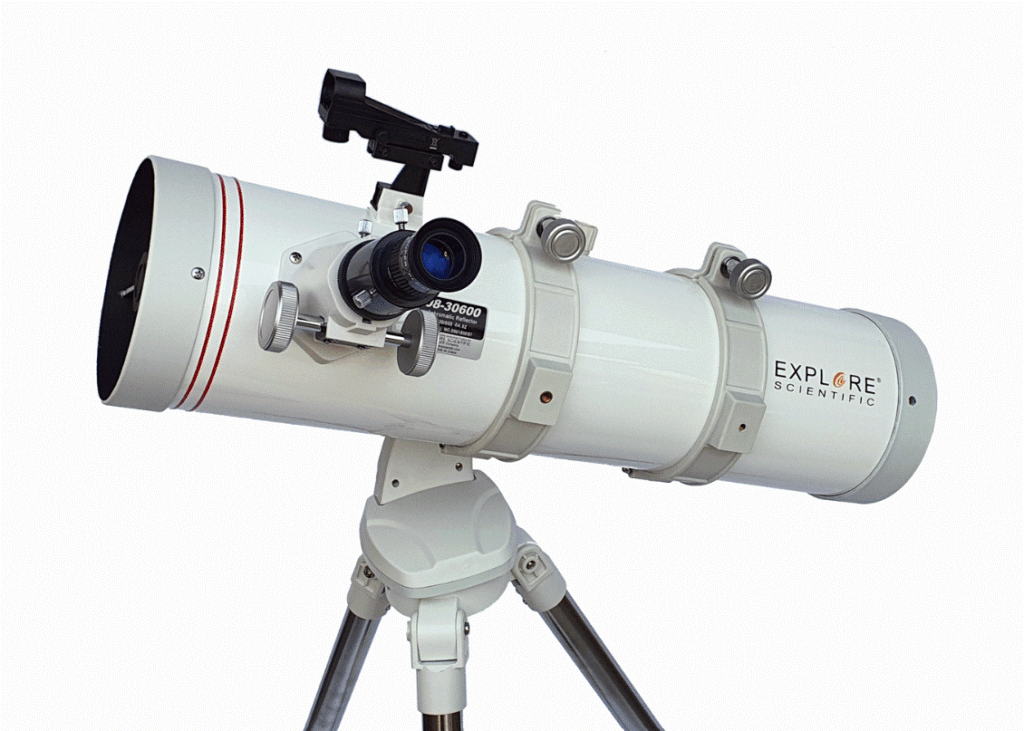The Revolutionary Telescope Capturing Stunning Images of the Universe
Telescope that takes pictures: In recent years, astronomy has been revolutionized by advancements in telescope technology. Telescopes that capture breathtaking images of the cosmos have brought the wonders of the universe closer to humanity than ever before. These cutting-edge instruments are not only tools for professional astronomers but also inspire awe and curiosity in the general public. In this article, we delve into the intricate world of modern telescopes, highlighting their remarkable capabilities, the science behind their operation, and the astounding images they produce.
The Evolution of Telescopes
Early Telescopes: Pioneering the Sky

The journey of the telescope began in the early 17th century with Galileo Galilei’s refracting telescope. This rudimentary instrument, using lenses to magnify distant objects, paved the way for future innovations. Despite its limitations, Galileo’s telescope provided the first glimpses of the moons of Jupiter and the rings of Saturn.
Reflecting Telescopes: A Quantum Leap

The invention of the reflecting telescope by Sir Isaac Newton marked a significant leap in telescope technology. By utilizing mirrors instead of lenses, reflecting telescopes overcame issues such as chromatic aberration and allowed for larger apertures. This innovation laid the foundation for the development of powerful telescopes capable of exploring deeper into space.
Telescope that takes pictures: Modern Telescopes
Today’s telescopes, such as the Hubble Space Telescope and the James Webb Space Telescope, represent the pinnacle of technological advancement. These instruments are equipped with sophisticated optics, advanced sensors, and adaptive systems that enable them to capture high-resolution images of celestial objects billions of light-years away.

How Modern Telescopes Work
Optical Systems: Precision Engineering
Modern telescopes rely on complex optical systems to gather and focus light from distant objects. Reflecting telescopes use primary and secondary mirrors to direct light to a focal point, where it is captured by sensitive detectors. These mirrors are meticulously engineered to ensure minimal distortion and maximum light collection.
Adaptive Optics: Correcting for Atmospheric Distortion
One of the major challenges in ground-based astronomy is the Earth’s atmosphere, which can distort incoming light and blur images. Adaptive optics technology addresses this issue by using deformable mirrors that adjust in real-time to compensate for atmospheric turbulence. This results in clearer and sharper images.
Space Telescopes: Beyond the Atmospheric Barrier
Space telescopes, such as the Hubble Space Telescope, operate outside the Earth’s atmosphere, eliminating the problem of atmospheric distortion. Positioned in orbit, these telescopes have an unobstructed view of the universe, allowing them to capture images with unprecedented clarity.
To understand how does the How Modern Telescopes Work, check this video below:
Remarkable Images Captured by Modern Telescopes
Hubble Space Telescope: A Legacy of Wonder

Since its launch in 1990, the Hubble Space Telescope has captured some of the most iconic images of the universe. Then Hubble uses radio waves to send the pictures through the air back to Earth. From the stunning Pillars of Creation in the Eagle Nebula to the mesmerizing Hubble Deep Field, Hubble’s contributions to astronomy and our understanding of the cosmos are immeasurable. In simple word, Hubble Space Telescope can take pictures like a cell phone.
James Webb Space Telescope: The Next Frontier

Scheduled to launch soon, the James Webb Space Telescope (JWST) promises to revolutionize our view of the universe even further. With its advanced infrared capabilities, JWST will peer through cosmic dust clouds to reveal the formation of stars and galaxies, providing unprecedented insights into the early universe.
Ground-Based Telescopes: The Giant Magellan and Thirty Meter Telescopes

Ground-based observatories continue to play a crucial role in astronomical research. The Giant Magellan Telescope (GMT) and the Thirty Meter Telescope (TMT) are among the next generation of extremely large telescopes. These observatories will have significantly larger apertures, enabling them to collect more light and resolve finer details than ever before.
Scientific Contributions and Discoveries
Exoplanet Exploration
Modern telescopes have been instrumental in the discovery of exoplanets—planets orbiting stars outside our solar system. The Kepler Space Telescope alone has identified thousands of potential exoplanets, some of which are located in the habitable zone where conditions might support life.
Dark Matter and Dark Energy
Telescopes have also provided crucial data on the mysterious components of the universe known as dark matter and dark energy. Observations of galaxy rotations and the expansion of the universe have led to groundbreaking theories and ongoing research into these enigmatic phenomena.
Stellar Evolution and Supernovae
Detailed observations of stars and their life cycles have shed light on the processes of stellar evolution. Telescopes have captured the explosive deaths of stars in the form of supernovae, providing valuable information about the distribution of elements in the universe and the dynamics of stellar explosions.
The Future of Telescope Technology
Next-Generation Space Telescopes
The future of telescope technology is incredibly promising, with several ambitious projects on the horizon. The Nancy Grace Roman Space Telescope (formerly WFIRST) will survey large areas of the sky in infrared light, aiming to uncover new exoplanets and shed light on dark energy.
Ground-Based Innovations
On the ground, advancements in telescope design and construction continue to push the boundaries of what is possible. The Extremely Large Telescope (ELT) under construction in Chile is set to become the largest optical/near-infrared telescope in the world, offering unparalleled observational power.
Collaborative Efforts
Collaboration between international space agencies and research institutions is driving the development of new telescopes. These joint efforts aim to share resources, expertise, and data, maximizing the scientific return and fostering global cooperation in the pursuit of astronomical knowledge.
The evolution of telescopes from Galileo’s early designs to today’s sophisticated instruments has transformed our understanding of the universe. Modern telescopes capture stunning images that inspire and educate, while also driving forward scientific discoveries in fields ranging from exoplanet exploration to the study of dark matter. As technology continues to advance, the next generation of telescopes promises to unlock even more secrets of the cosmos, bringing us closer to answering fundamental questions about our place in the universe.

